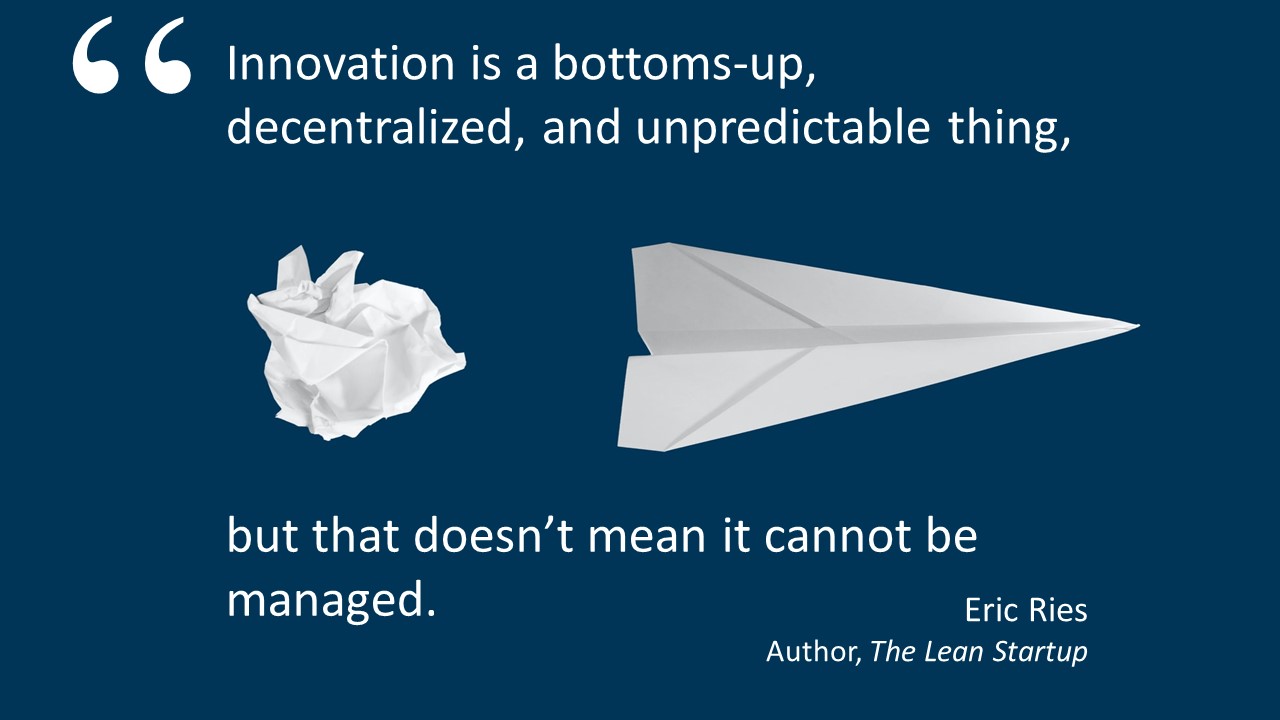Bringing Agile back to Manufacturing
The Agile approach has been used in software development for many years. First developed in 1986, it all began when Hirotaka Takeuchi and Ikujiro Nonaka studied manufacturers like Honda, Canon and Fuji-Xerox to find out how they were releasing innovations far quicker than traditionally possible. They released their findings in an article published for the Harvard Business Review, detailing how, at that time, the traditional approach to product development was that one team does their part and then passes the baton to the next team to perform their role in the product development process. However, these successful companies had incorporated a cross-functional team structure working as one. They passed information and support back and forward to each other like passing the ball in a game of rugby.
Did you notice how it started in manufacturing companies? Many of the largest, most well-known software development companies have taken these strategies and achieved great things through teams utilising Agile. But manufacturing was where it all started.

Lean vs Agile
In manufacturing, it is a lot more common nowadays to hear about Lean. The two are very similar and go together. Both are focused on business sustainability for manufacturers. Both rely on a supply chain where the customer is the central point.
But they are different in terms of implementation and process. Lean focuses on reducing costs through continuous improvement, measurement of performance and eradication of waste in the whole chain. Agile is more focused on always responding to change, whether it be changing customer demands, changing operational environment or new rules and regulations.
Traits of Agile
An Agile manufacturing company means one that is able to react well to customer and market demand. This involves the following traits:
- Customer understanding, seek feedback
Lean focuses on understanding what customers value. Agile goes one step further, by understanding what brings them delight. Emotional experience is just as important as perceived value of a product. Have you ever heard of emotional buying? By truly understanding your customers you are able to deliver higher value and delight.
One way to understand your customers is to seek feedback. Sit and observe your customers engaging with your brand. Ask questions to see and understand what they are feeling and how you can improve your product even more.
- Understand yourself and your vision and what it means for your customers
Agile requires you to consider how to elevate your brand in the eyes of your customer. Once you have gone through the measures required to understand them, you must understand yourself and your company’s purpose and values and align these to what is important for your customers.
Ask yourself questions like why you do what you do, how your company is unique, and why this is valuable for your customers. Appeal to what your customers are asking for, for example, if your customers want products that are made from Australian ingredients, make that part of your vision.
- Flexibility built-in
Remember, Agile is about being able to react quickly to changes, which means processes must be flexible. This can include hardware (e.g. production lines), supplies (e.g. labels or packaging), and the finished product. Ensure your lines are capable of product modifications that haven’t been designed yet. Ensure you have processes in place that allow for changes to product features (like packaging) at short notice.
- Deliver incrementally
Rather than making changes all at once, try it for a few products and get feedback before implementing it across your entire range. Or postpone parts of production, such as producing a ‘base product’ in advance, then leaving final assembly, configuration or customisation for later, depending on the customer’s preferences.
- Just-in-time production management
This is also a feature of Lean manufacturing. Just-in-time removes inventory stock, frees up space for production and makes low-volume customisation possible. While Lean focusses on inventory management, Agile also applies this to the finished product. Don’t produce a product in high amounts, only to have it sitting around waiting to be sold. If there are changes required, the backlog of production will need to be sold first, or the products disposed of, or rework must be performed on the products to fix the error.

Get Started with Agile
Like Lean, in Agile methodology the customer is the centre of everything you do. Agile brings this to another level though, in focussing on the ability to respond easily to what the customer wants.
Agile is a long-term issue for businesses and achieving it is a journey. Implementing Agile involves a combination of speed and flexibility that is difficult to achieve because it requires radical changes to traditional thinking. It is a paradigm shift. You must understand the existing paradigm and face up to the painful task of accepting that current practices and beliefs are no longer relevant. Taking small steps today to prepare for future unknowns will ensure the business is able to respond quickly and sustain a competitive advantage.
For more on how Agile helps in manufacturing, see this post.